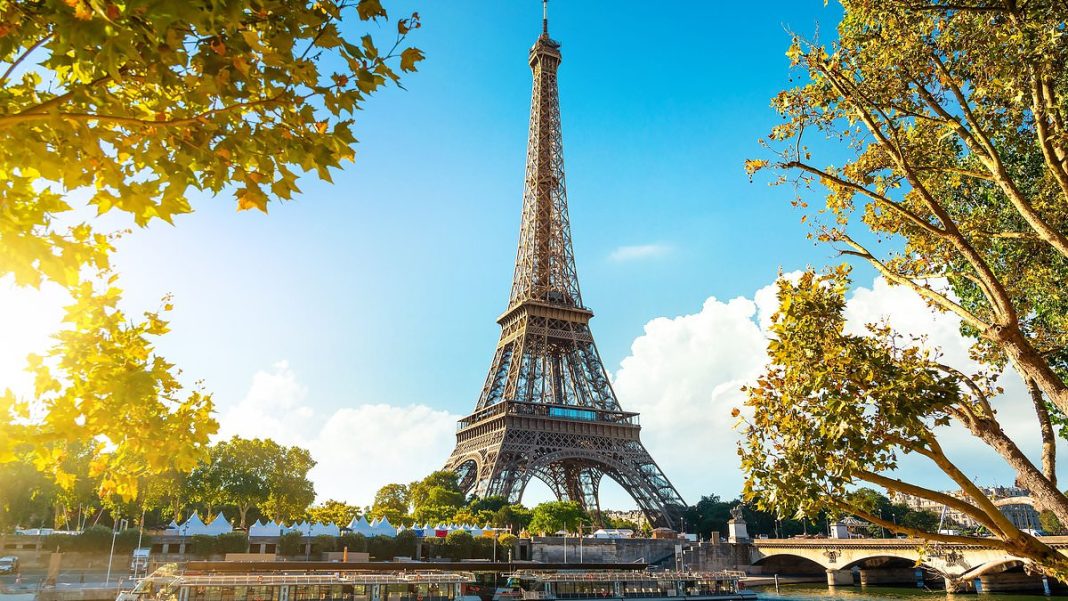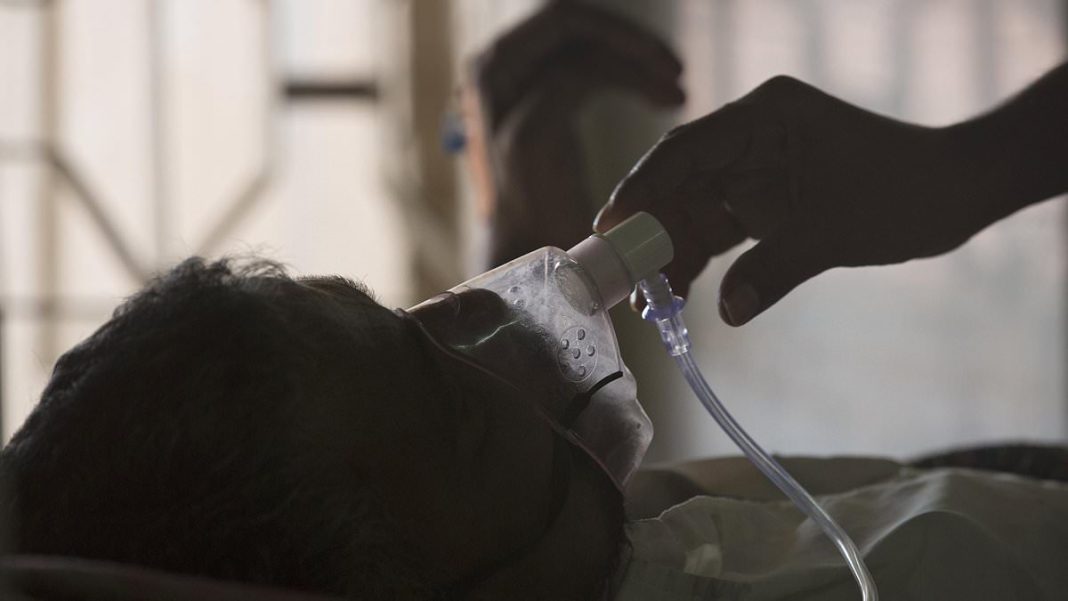As the Christmas holidays quickly approach, holidaymakers have been warned of the ten tourist spots where they should be extra cautious against thieves.
Travellers planning on taking a trip to the landmark Trevi Fountain in Italy, or the popular Eiffel Tower in France have been especially urged to keep an eye out for prying hands while exploring the monuments as they claim the top places in the European Pickpocketing Index.
A handy table, made up of figures that have been crunched by travel insurance comparison experts at Quotezone, reveal the top ten spots across Europe where travellers are most likely to be made a victim of pickpocketing.
Along with Germany‘s Brandenburg Gate and Amsterdam’s Red Light District, at places four and five, Spain, Portugal, Turkey, Greece, and Poland also made the top ten with between seven to 111 pickpocketing mentions documented per million visitors.
From the Acropolis Museum to the Guinness Storehouse, here, the MailOnline reveals the landmarks that are said to be the hotspots for five-finger discounts across the continent.
1. Italy – Trevi Fountain
According to the European Pickpocketing Index, the Trevi Fountain in Rome, Italy, is the number one spot where holidaymakers are most likely to fall victim to pickpockets.
The 18th-century monument, as of April 2024, saw a staggering 478 pickpocketing mentions per million visitors.
Visitors to Italy’s Trevi Fountain mentioned the highest volume of stolen personal items on online travel reviews.
‘Iconic attractions like the Eiffel Tower in Paris and the Trevi Fountain in Rome are particularly popular with pickpockets as they can move more inconspicuously amongst larger crowds,’ Greg Wilson, Founder and CEO of Quotezone said.
‘Many holidaymakers are unaware that some of the most popular destinations for Brits have some of the highest incidents of pickpocketing in Europe’.
Earlier this month, authorities in the Italian capital said they wanted to start a ticketing scheme at the Trevi Fountain as part of ongoing plans to both reduce crowds and promote ‘sustainable tourism’.
If enforced, it would act as a [ticket] reservation system – free for Romans and costing a symbolic €1 for tourists.
Despite that cost, the city’s authorities say the goal of the charge is not to raise money, but to lessen and control crowds.
2. France – Eiffel Tower
France is the second most visited country by Brits and also has the second highest number of pickpocketing mentions at 251 per million visitors, with all 5 attractions monitored being in Paris.
‘Our research revealed some surprising results with Italy having the most pickpocketing mentions, yet France and Spain have much larger volumes of tourists,’ Wilson said.
The Eiffel Tower is one of the the most-visited pay-to-enter monuments in the world, with almost six million visitors every year.
The number of visitors to the Eiffel Tower bounced back in 2022, following a sharp drop with the onset of the COVID-19 pandemic.
Overall, attendance at the renowned monument totaled around 5.85million in 2022, and then 6.32 million in 2023.
In 2015, however, the pickpocketing issue around the Eiffel Tower got so bad that all of the staff walked out to protest the amount of unchecked criminal activity in the area, focusing in particular on the pickpocketing going on at Paris’ famous monument, reported Islands.
Often, one member of a pickpocketing group will approach a tourist with a seemingly innocent request, such as asking for directions.
They may also bump into travellers, possibly spilling their food or drink all over them and then, while they are distracted, an accomplice will reach into their pocket or bag and take off with their money, credit cards, and identification.
3. Spain – Las Ramblas
Las Ramblas, in Barcelona, is a popular tourist destination that came number three with 111 pickpocketing mentions.
Pickpockets often blend into the crowds on La Rambla, one of the busiest streets in the city.
Thieves and scammers target tourists on La Rambla, with some having reported being robbed by people who offered to help clean, then stole their money and credit cards.
According to Barcelona police, pickpocketing accounted for 48.1 per cent of crimes committed in Barcelona in 2023.
Barcelona Yellow advised: ‘It is generally safe to withdraw cash from ATM machines, but be aware of your surroundings and be careful to hide your pin-code and to be vigilant at all times.
‘If you withdraw cash alone at night or in very early hours of morning and try to avoid this if possible. Be careful if you wear very high-end expensive wrist watches. Keep your bags in front of you and be vigilant when checking in/out of hotels at reception.
‘Precautions are recommended to avoid petty street theft because Barcelona has a well-known problem with many pickpockets. In recent years there has been a rise in petty crime with violence.
‘For 2024 the area to avoid late at night where a little extra caution is needed, is the Raval area of the old city and the Rambla near the port’.
4. Germany – Brandenburg Gate
Berlin’s Brandenburg Gate came fourth in the Index, with another 111 pickpocketing mentions.
While Berlin is considered one of the safest destinations for solo travellers, the 13th-century landmark is a very popular spot for those seeking to exploit unknowing tourists.
The Brandenburg Gate is estimated to have more than three million visitors every year.
The viewing platform alone, 40 metres above ground level, has an average of 8,000 visitors a day.
According to Islands, visiting the Gate in the early morning before 9:30am can lessen the chances of holidaymakers falling prey to thieves.
While cars are unable to drive under the gate, a bike means a quick getaway for pickpockets.
5. Netherlands – Red Light District
Amsterdam’s Red Light District claimed fifth place with 100 mentions in the Index.
It is one of the city’s most visited places, with tourists flooding its neon-lit alleys, museums, and smoke-filled coffee shops daily.
But this makes it a hunting ground for thieves.
Along with the Red Light District, the Anne Frank House, Vondelpark, the Rijksmuseum and Van Gogh Museum are all hugely popular – and come hand-in-hand with the danger of pickpockets.
Wilson says that while it’s unfortunate that so many attractions in Europe pose a risk, there are steps you can take to lessen the worry.
‘It is essential always to remain vigilant, leave valuables, like expensive jewellery, in a safe in the hotel and always travel with a secure cross-body bag with zips to secure phones and wallets or even a money belt,’ he advises.
6. Portugal – Alfama
Number six on the Index is the Alfama district of Lisbon, Portugal.
It is described as a delightful maze of narrow cobbled streets and traditional houses that meander up a steep hill from the banks of the Rio Tejo up to the Sao Jorge castle.
Although Lisbon consistently ranks as one of the safest European capitals, according to the European Safety Observatory, the city’s growing popularity as a tourist destination has meant an increase in pickpocketing.
It hasn’t quite yet reached Barcelona, Rome or Paris proportions, but there are tourists losing their wallets or cell phones on a daily basis, especially on the city’s public transportation.
According to Lisbon Portugal Tourism: ‘These highly-skilled pickpockets are mostly nomadic people from Eastern Europe, and often blend in with tourists (some even carry cameras and maps, and many are well-dressed women)’.
7. Turkey – Sultanahmet District
Istanbul’s Sultanahmet District is a neighborhood known for being home to the striking Ottoman-era Blue Mosque with its iconic minarets, along with the famed, mosaic-filled Hagia Sophia mosque.
It came number seven on the Index with 21 pickpocketing mentions, as Turkey reached 5.1million tourists in May.
Foreign arrivals hit a record 49.2million in 2023, driven by visitors from Russia and Europe, mainly Germany and the United Kingdom but the government expects arrivals to reach 60million this year.
‘Be really careful and ensure your bag is kept tightly closed and hold it tightly close to you all times. It is best not to carry too much cash around – it will be far safer in the hotel,’ warned Tourist Journey.
‘Some people like to wear cross body bags or traveler’s belts under their clothes as both make it harder for pickpockets’.
8. Greece – Acropolis Museum
Despite reeling in up to 23,000 visitors per day, Athens’ Acropolis Museum took eight place with 19 mentions.
Greek museums and archaeological sites experienced a record-breaking revenue of 23.6million euros during the January to April 2023 period, and in November of the same year, put a 20,000 visitor number cap on the site.
Under the new system, 3,000 people are granted access from 8am to 9am, 2,000 during the next hour, with the numbers differing across the rest of the day.
With such an influx of tourists and visitors, the ancient site becomes a hotbed for thieving hands.
If travellers do fall victim to pickpockets while visiting the UNESCO site, Wilson advises: ‘It is important to remember to get a police report for the loss or theft of an item if you’ve been pickpocketed, as this will support the insurance claim.
‘Remember to double-check what is and isn’t covered on the travel insurance policy before heading to these high-ranking destinations, most travel insurance policies cover important documentation such as passports but rarely cover stolen cash and phones’.
9. Poland – Krakow’s Rynek Glowny Central Square
In ninth place is Krakow’s Krakow’s Rynek Glowny Central Square with 18 pickpocketing mentions.
Also known as the Main Square of the Old Town of Kraków, Lesser Poland, it is the principal urban space located at the center of the city.
The square is Europe’s largest medieval square, and is lined with elegant houses and palaces. It’s also home to many cafes and restaurants, making it a hunting ground for pickpockets.
‘Try never to leave personal belongings unattended because travel insurance companies require travellers to take ‘reasonable care’ and could reject insurance claims for theft if items have been left alone,’ Wilson warned.
10. Republic of Ireland – Guinness Storehouse
With seven mentions, Dublin’s Guinness Storehouse took last place on the Index.
The Guinness Storehouse welcomed over 1.5million visitors from 165 countries in 2023, increasing its total visitor numbers by 32 per cent this year.
‘The experience unfolds across seven floors, including the highlight for many visitors – the famous Gravity Bar, where visitors can enjoy unparalleled panoramic 360⁰ views of Dublin city,’ the Guinness Storehouse website reads.
The storehouse is so popular, that seven marriage proposals were made in the establishment in 2023 – all of which were accepted.
Since opening in 2000, the Guinness Storehouse has welcomed more than 24million Guinness lovers through its famous black gates in The Liberties in Dublin.
But with popularity, comes masses of visitors who can fall victim to pickpockets.
In August, a pickpocket gang targeted some of Dublin’s most popular tourist hotspots, consisting of predominantly women who travelled from mainland Europe on EU passports, reported DublinLive.
| Country | Worst area for pickpockets | ‘Pickpocketing’ mentions per million visitors |
|---|---|---|
| Italy | Trevi Fountain | 478 |
| France | Eiffel Tower | 251 |
| Spain | Las Ramblas | 111 |
| Germany | Brandenburg Gate | 111 |
| Netherlands | Red Light District | 100 |
| Portugal | Alfama | 58 |
| Turkey | Sultanahmet District | 21 |
| Greece | Acropolis Museum | 19 |
| Poland | Krakow’s Rynek Glowny Central Square | 18 |
| Republic of Ireland | Guinness Storehouse | 7 |









